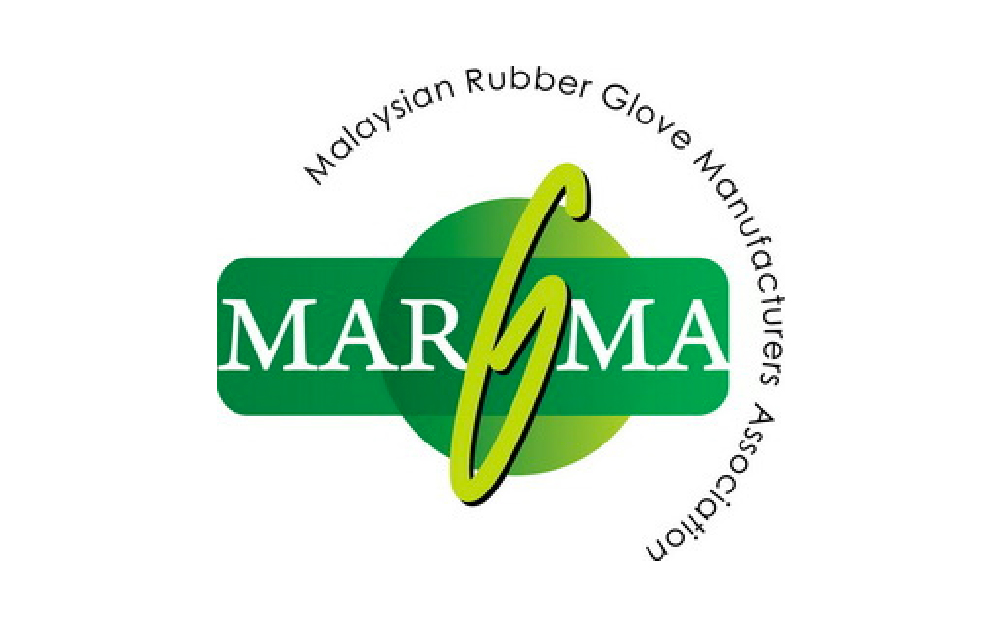How Smart Conveyor Technology Can Transform Your Operations
How Smart Conveyor Technology Can Transform Your Operations Global supply chains are more complex than ever, with rising costs, unpredictable demand, and the push for faster delivery. In this environment, smart conveyor technology has emerged as a cornerstone of operational transformation. Production Line Transforming Warehouse and Factory Operations 1. Real-Time Adaptability- Conveyors adjust flow based on order priority, SKU type, or production demand. Supports just-in-time manufacturing and same-day delivery models. 2. Integration with Robotics and Automation- Works seamlessly with robotic picking systems, automated storage/retrieval systems (AS/RS), and autonomous mobile robots (AMRs). Creates a fully connected Industry 4.0 ecosystem. 3. Data-Driven Decision Making- Performance analytics improve forecasting and capacity planning. IoT dashboards give managers full visibility across facilities. 4. Enhanced Safety and Compliance- Smart conveyors detect overloads and blockages, reducing accident risks. Helps companies align with ISO safety standards. Real-World Business Impact Companies adopting smart conveyor systems report: 20–30% reduction in unplanned downtime 15–25% increase in overall equipment effectiveness (OEE) Faster order fulfillment and reduced errors Strategic Advantage in 2025 As competition intensifies, companies that rely on outdated conveyors face higher operational costs and limited scalability. Smart conveyors not only improve productivity but also enable future-proof growth. Conclusion Investing in smart conveyor technology is no longer optional for forward-looking manufacturers and logistics providers. It’s the foundation for resilient, scalable, and efficient operations in 2025 and beyond. AT SYSTECH SDN BHD: Experts in Robotics & AI-Powered Automation We engineer custom robotic solutions built for real-world challenges—from intelligent vision inspection and sorting to fully automated packaging and glove handling. Our goal is to help manufacturers increase efficiency, enhance product quality, and reduce manual labor through smart, scalable technology. +60 3‑3277 7118 WhatsApp: +60 12‑921 3717 atsystechsb@atst.com.my Rawang, Selangor Click here for a free consultation to discover how automation can transform your packaging line.






